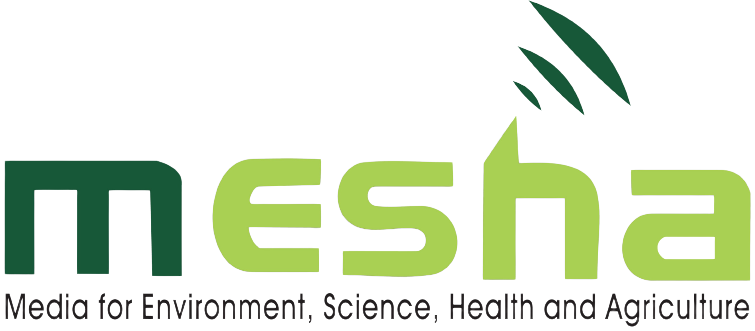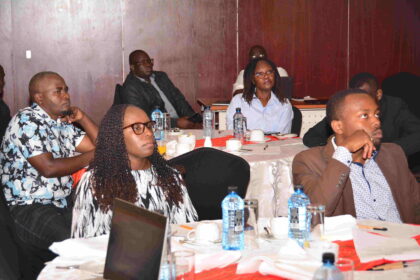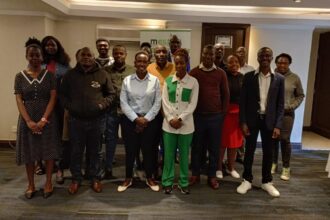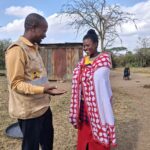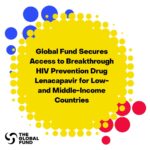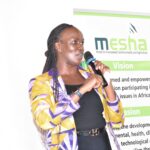Latest Blog News
MESHA clears twelve candidates to vie for 2024 Board Election
By Clifford Akumu | akumu.clifford@gmail.com. The Media for Environment, Science, Health, and…
Journalists urged to dispel myths on vaccine trials in Africa
By Mike MwanikI I mikemwaniki2016@gmail.com A leading HIV investigator in Kenya has…
University students develop App for social challenges
By Lisbeth Kageni I kageni@uonbi.ac.ke University of Nairobi students have developed a…
The invisible people
By Ellen Msungu I info@meshascience.org The nightmare that is COVID-19 has undoubtedly…
